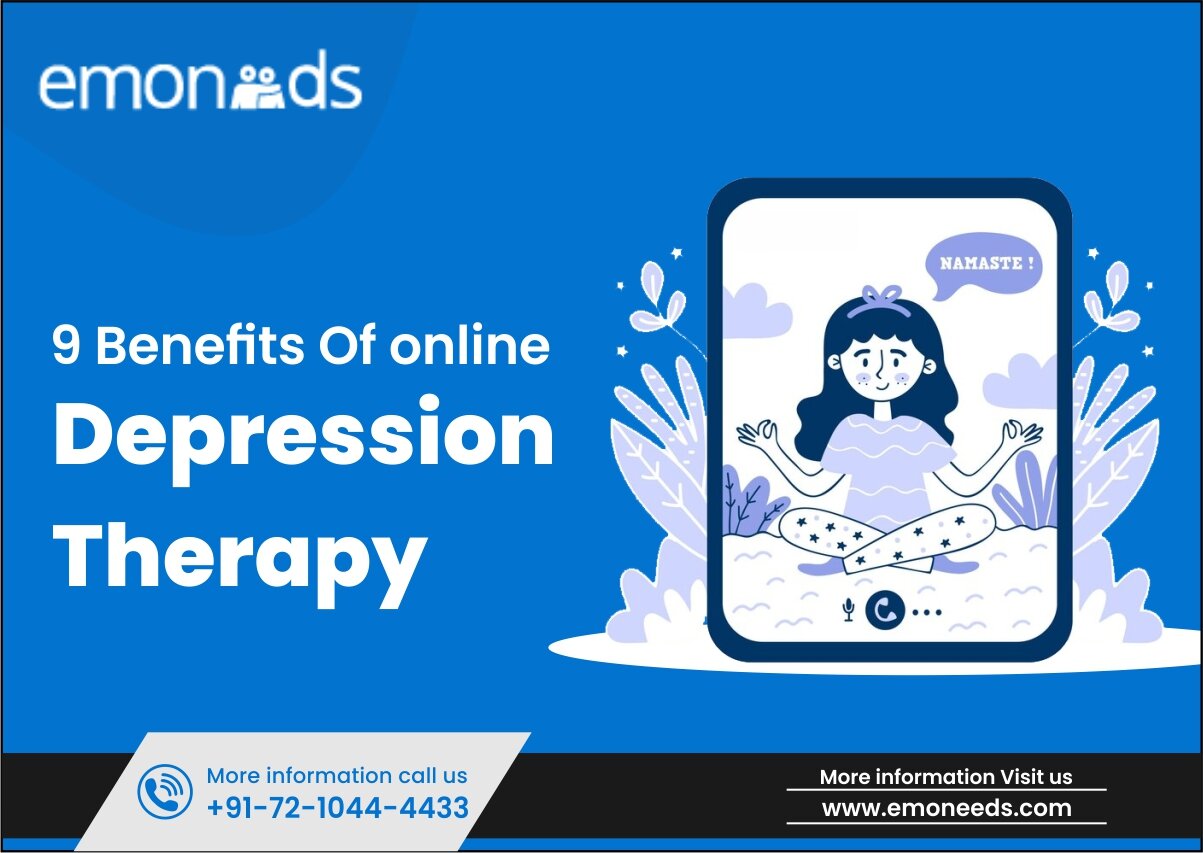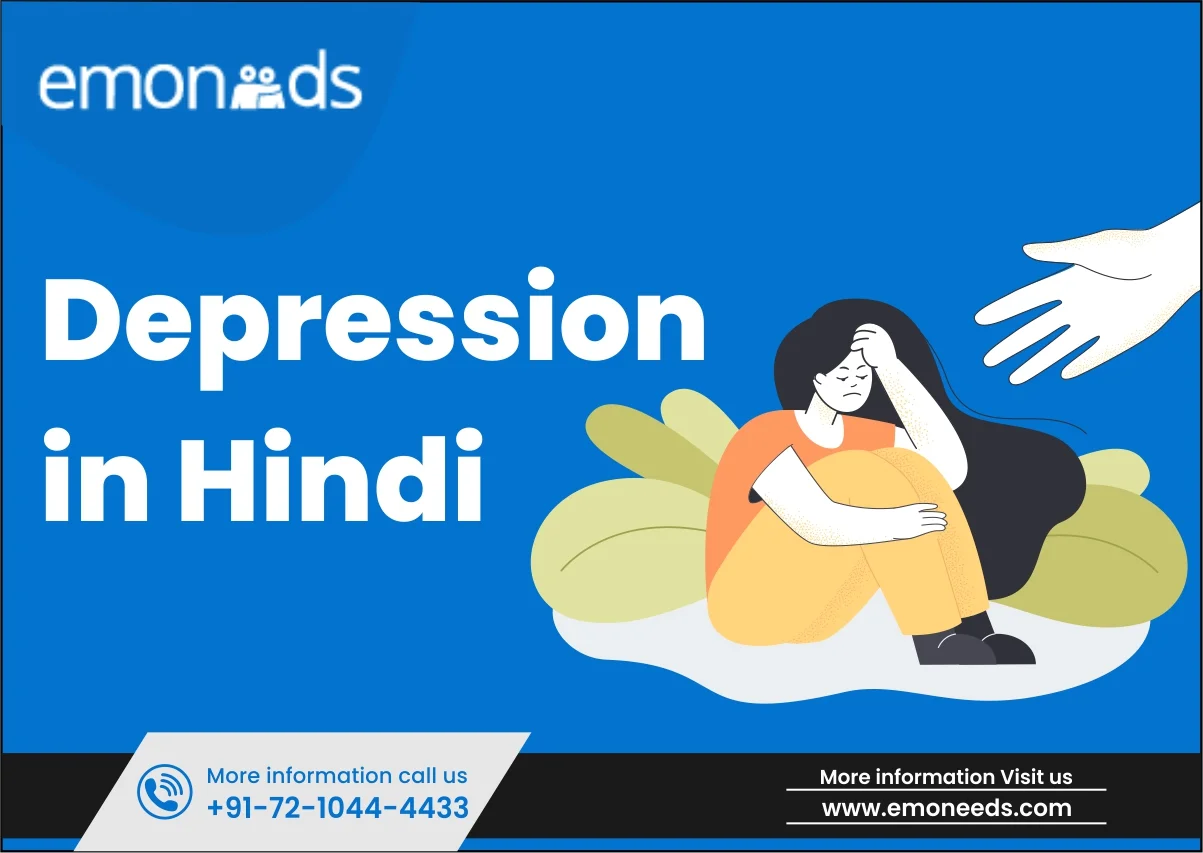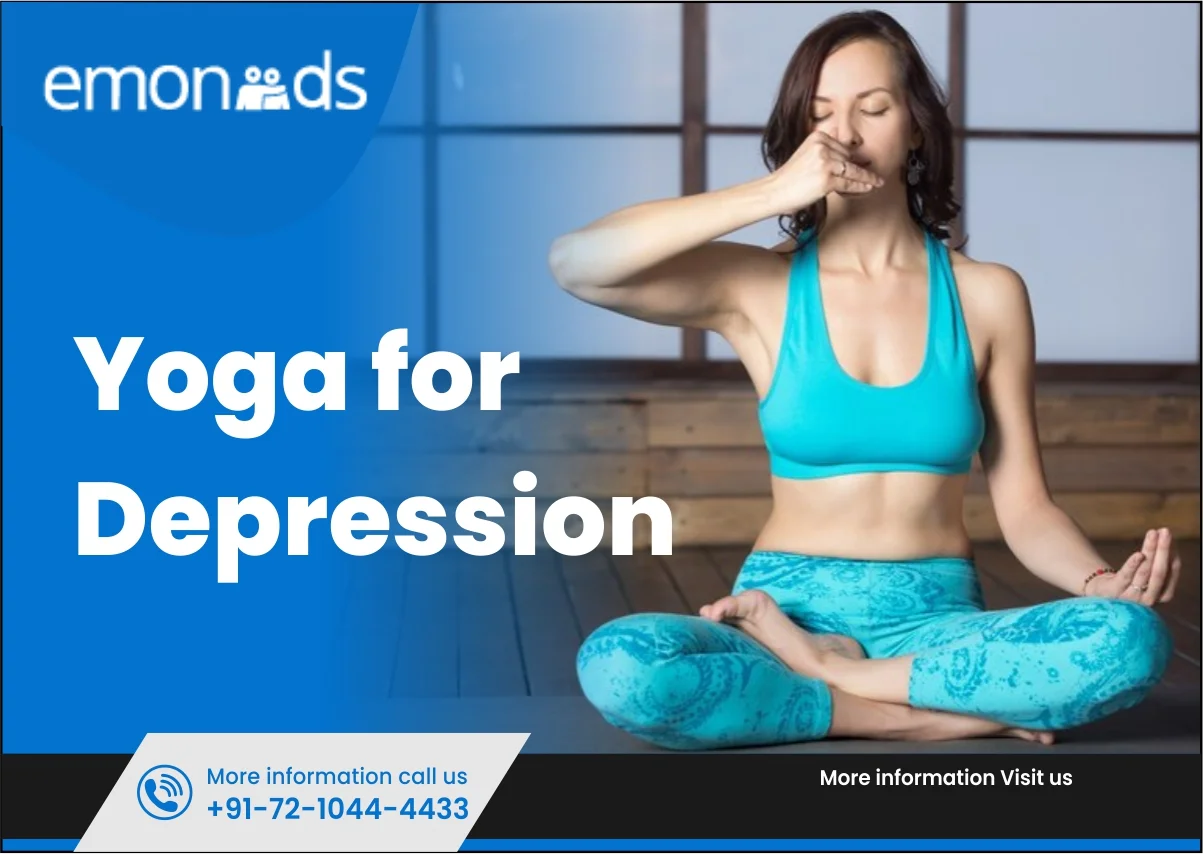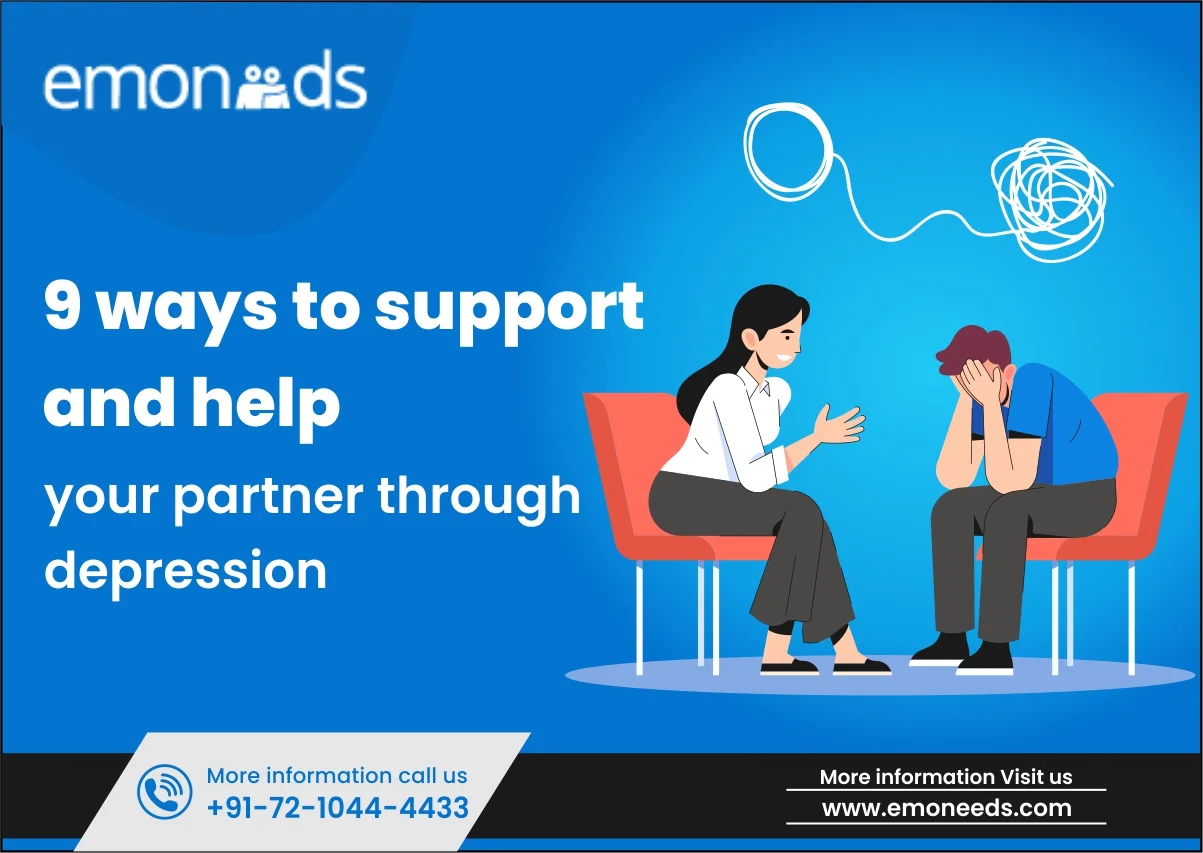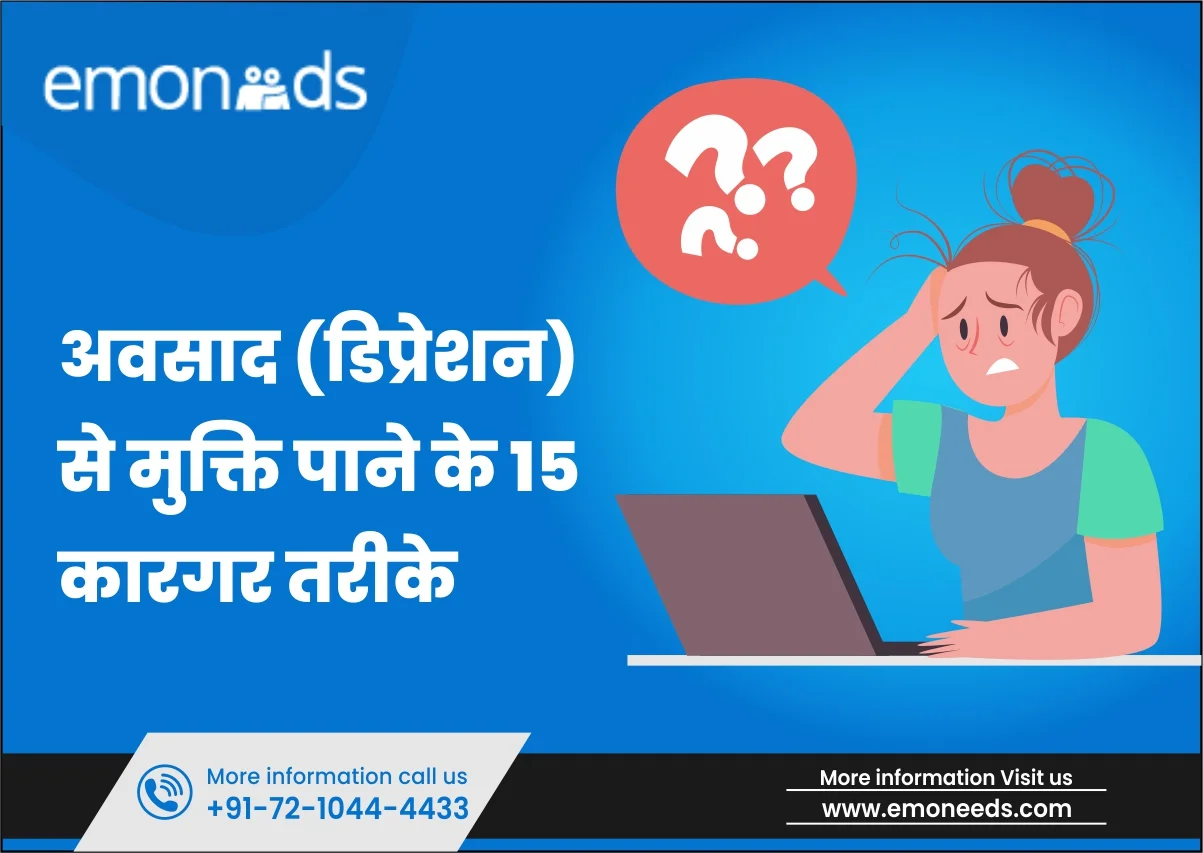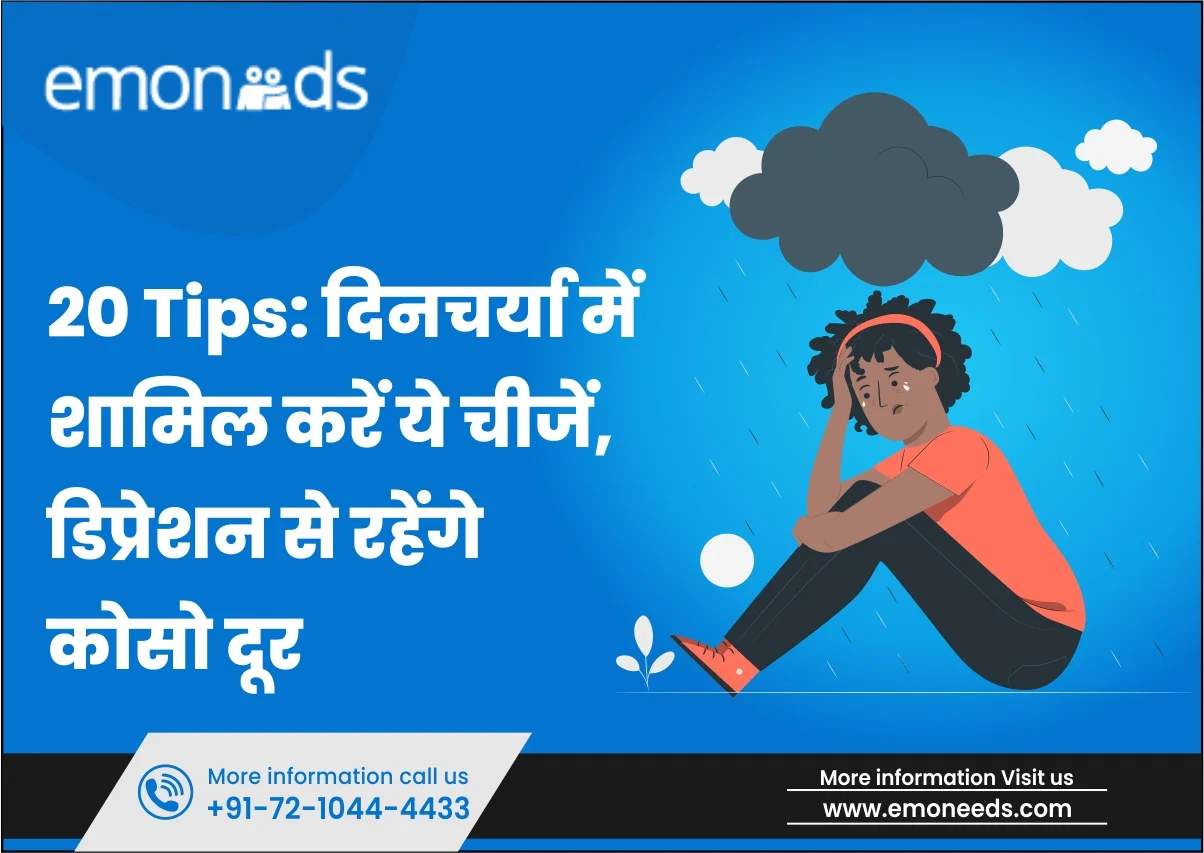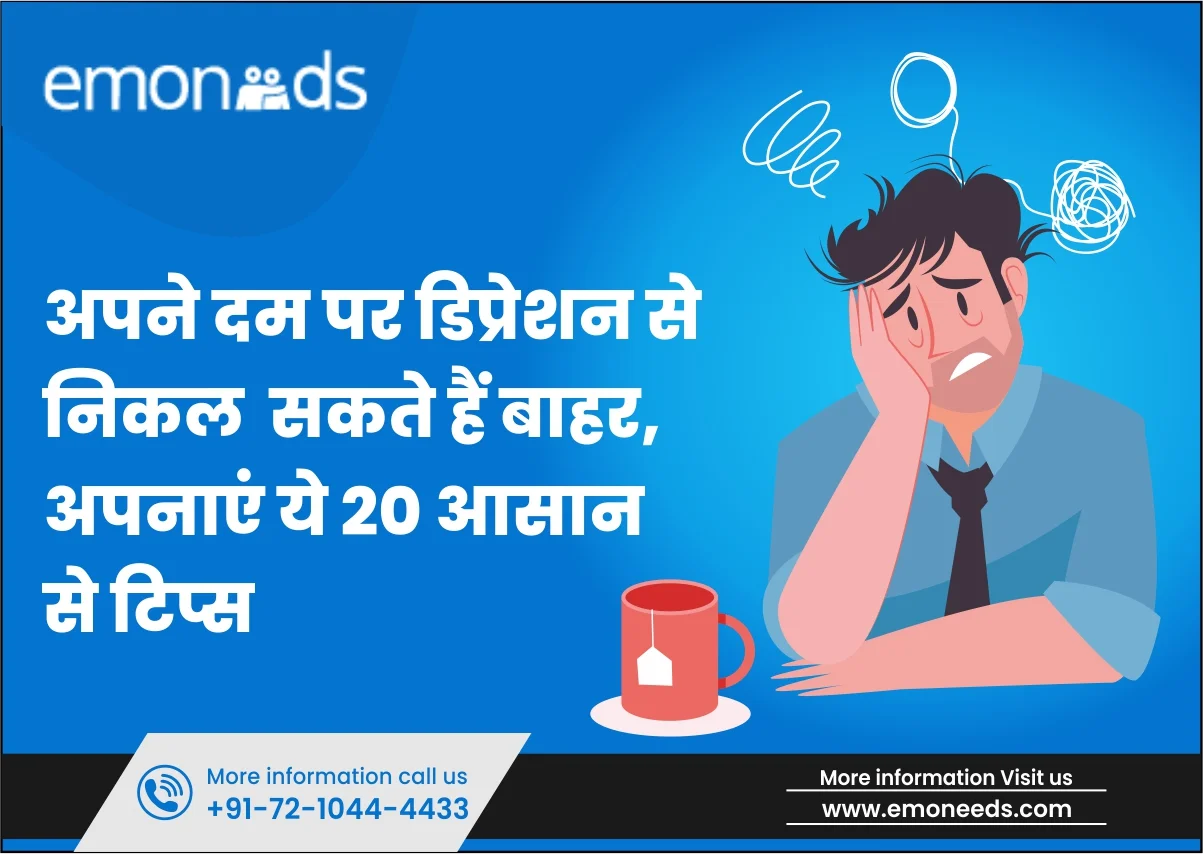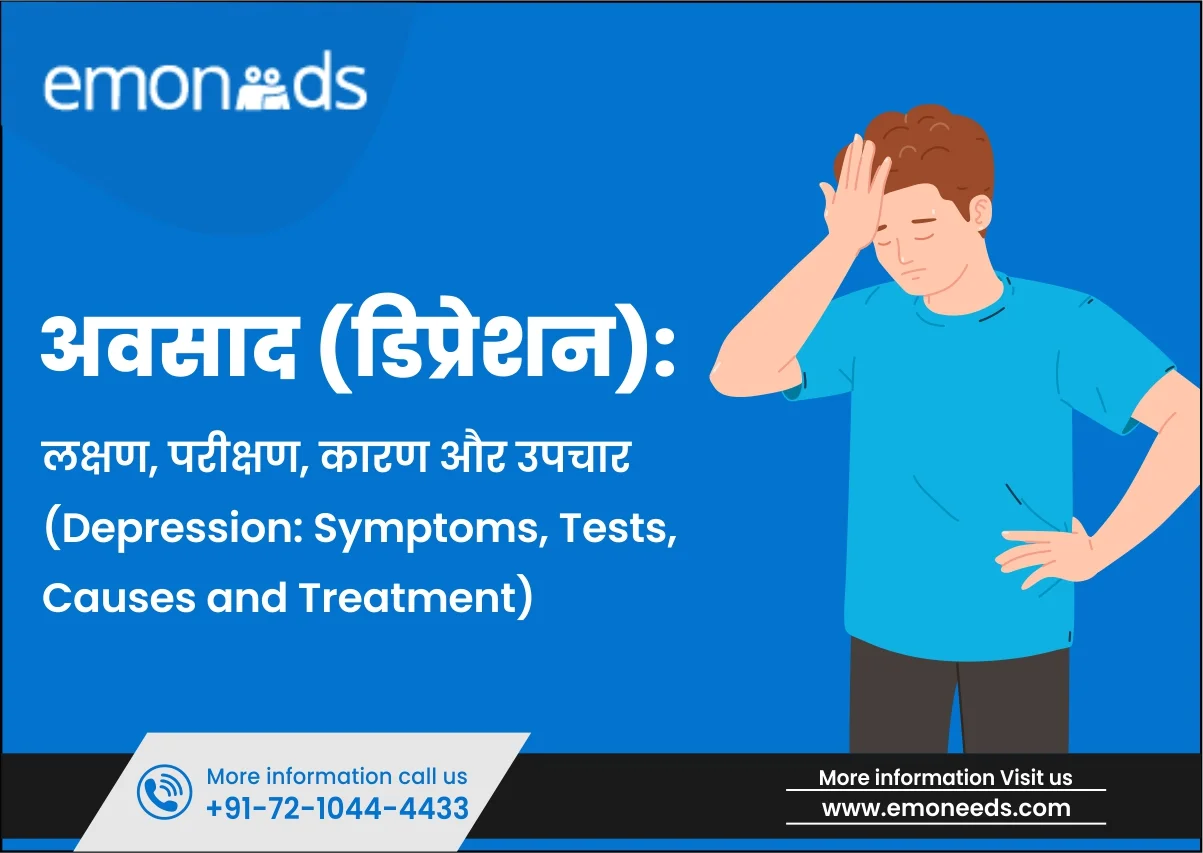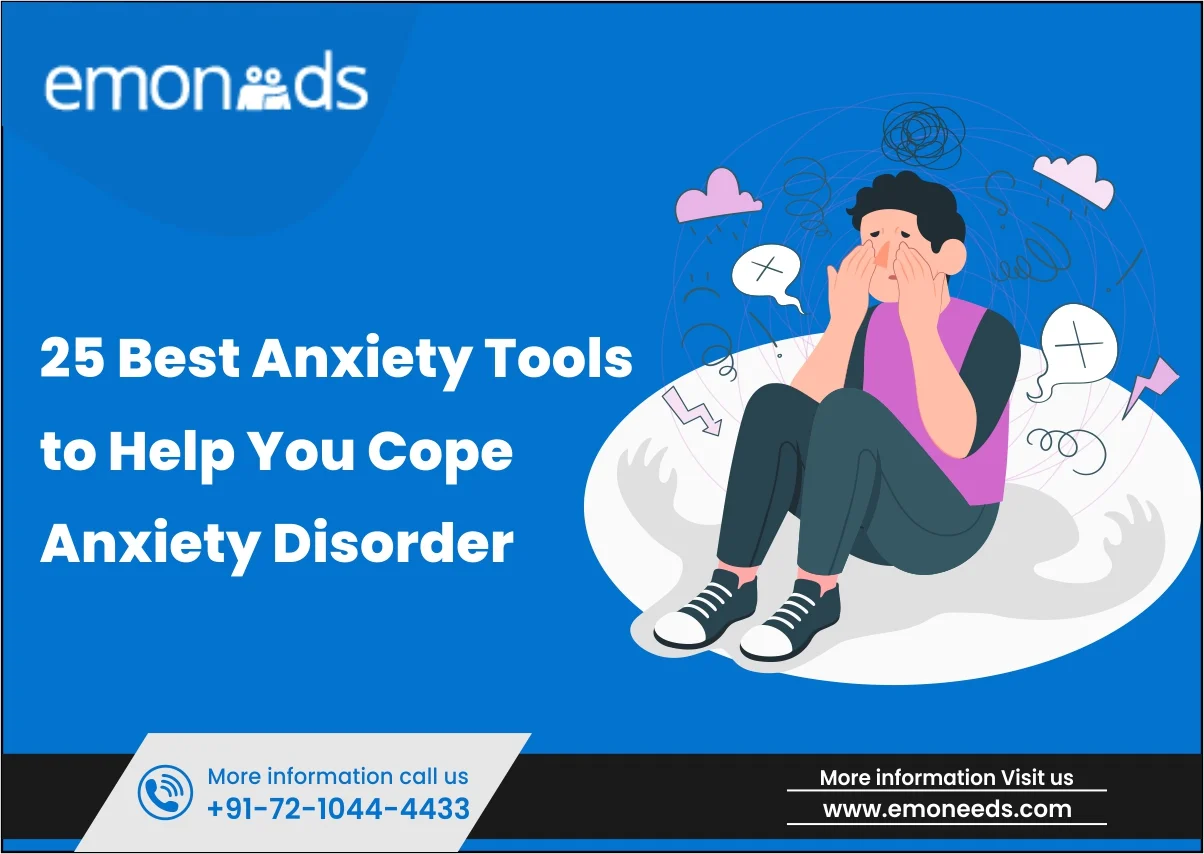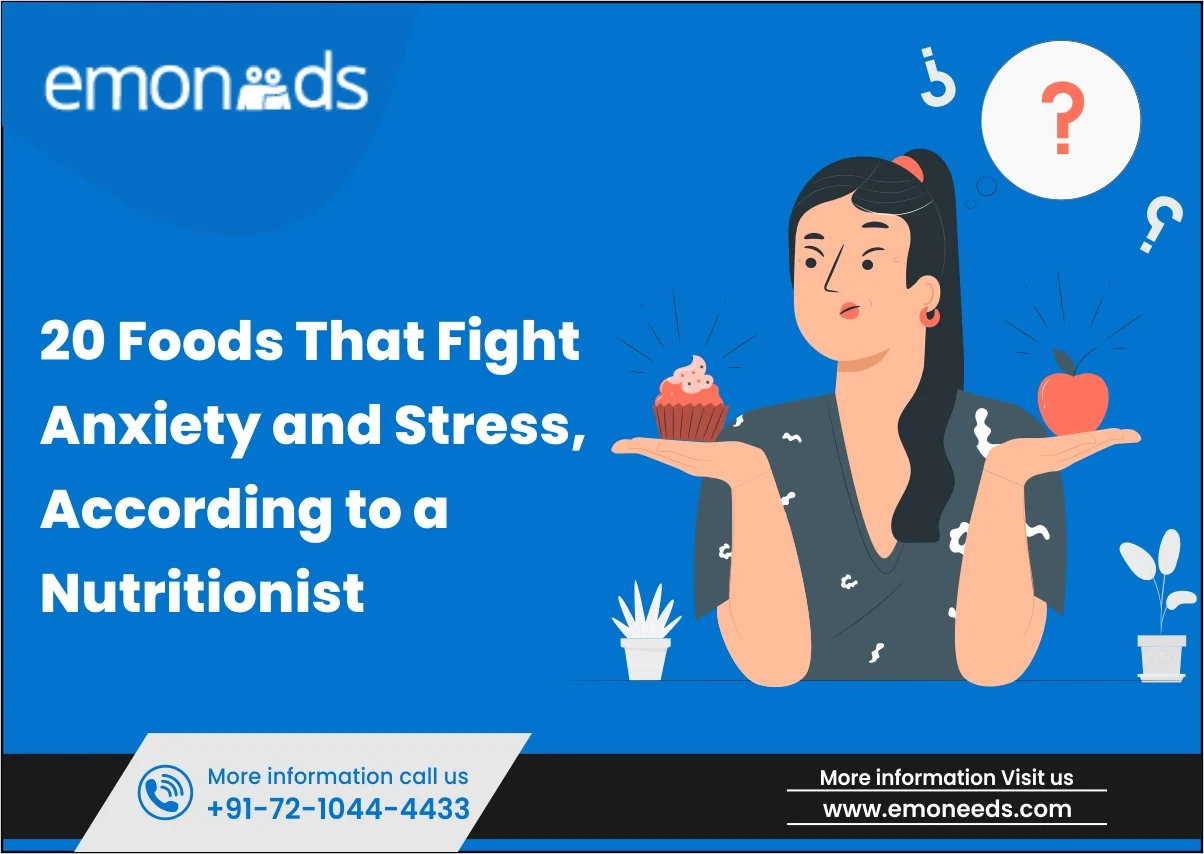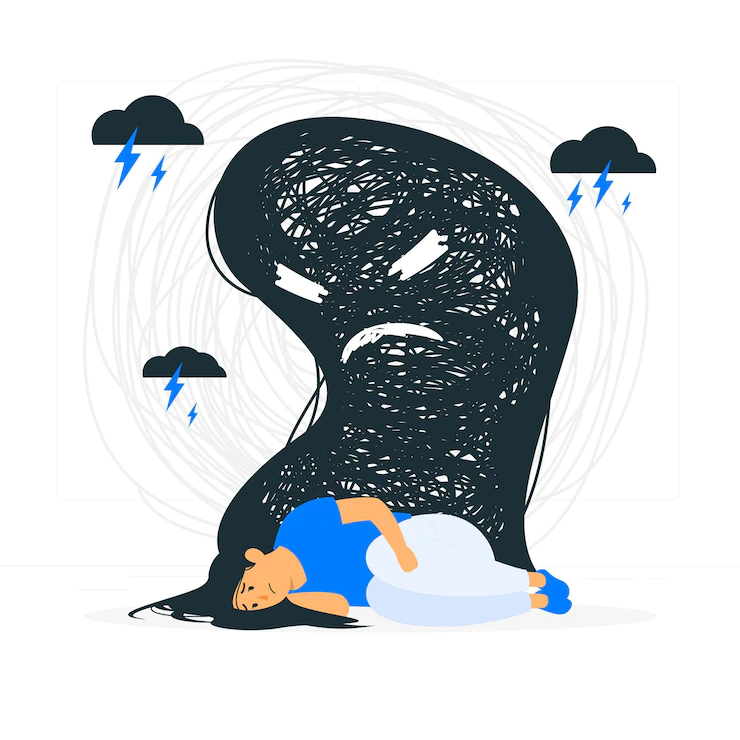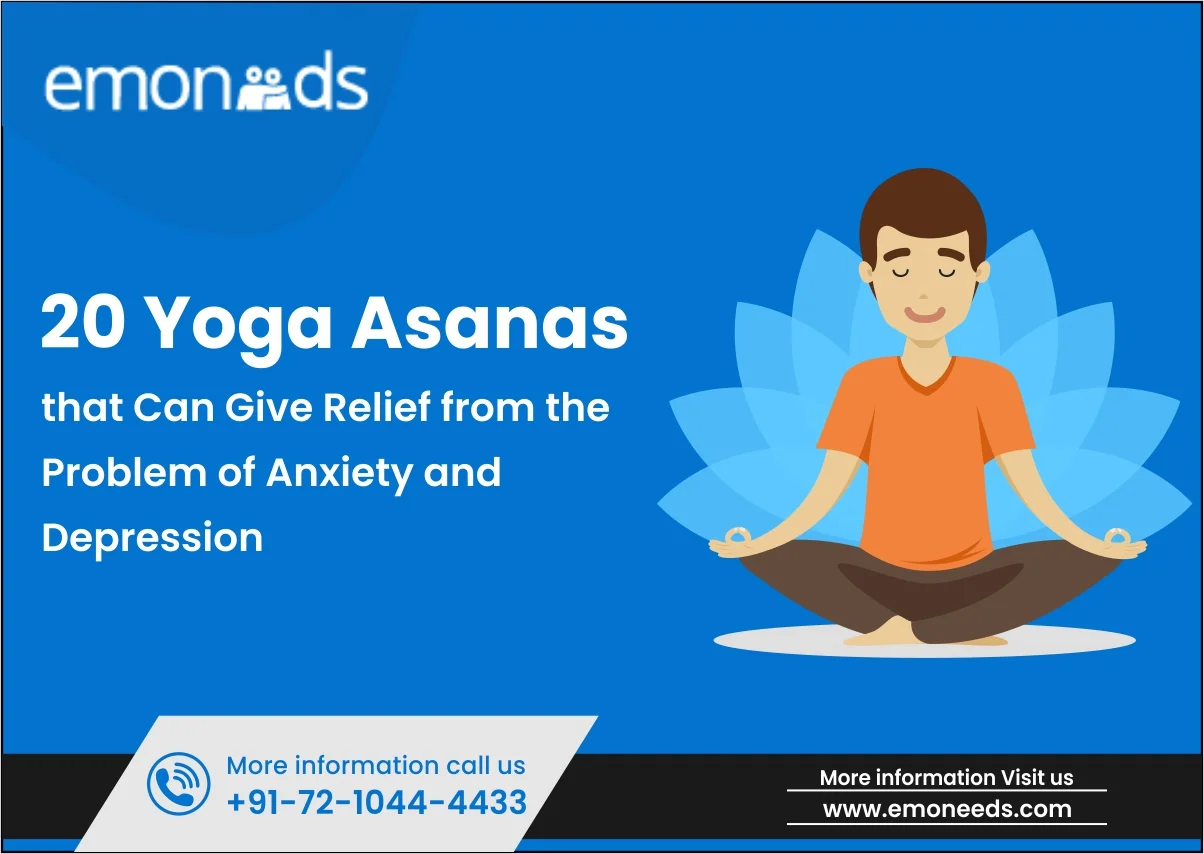
In the hustle and bustle of our fast-paced lives, it’s not uncommon to find ourselves grappling with the demons of anxiety and depression. These silent tormentors can cast a shadow over even the brightest of days, making it difficult to find solace and peace within ourselves. While there’s no one-size-fits-all solution to these complex issues, there’s a powerful and natural tool that has been proven to offer significant relief: yoga.
Understanding Anxiety and Depression
Anxiety is that relentless feeling of unease, often accompanied by racing thoughts, tension, and a constant sense of impending doom. Depression, on the other hand, can feel like a heavy, suffocating fog that saps your energy and makes even the simplest tasks seem insurmountable.
These conditions not only affect our mental well-being but also take a toll on our physical health. They can lead to insomnia, fatigue, muscle tension, and a host of other physical symptoms. It’s no wonder that people are increasingly seeking holistic approaches to manage these conditions.
The Healing Power of Yoga
Yoga, an ancient practice that originated in India, has been revered for its ability to harmonize the mind, body, and spirit. It’s not merely about contorting your body into complex poses but about creating a profound connection between your physical self and your inner self. This mind-body connection is precisely what makes yoga an effective tool in combating anxiety and depression.
Numerous scientific studies have shown that practicing yoga regularly can reduce the symptoms of anxiety and depression. It does so by reducing the production of stress hormones, promoting relaxation, and increasing the release of feel-good chemicals like serotonin and dopamine.
Getting Started with Yoga
Before we dive into the asanas, it’s crucial to set the stage for your yoga practice. Here are some practical tips to get you started:
- Create a Peaceful Space: Find a quiet corner in your home where you can practice without interruptions. Keep your space clutter-free and adorned with soothing elements like candles or incense.
- Invest in a Good Yoga Mat: A comfortable and non-slip yoga mat is essential for a safe and enjoyable practice. It provides the right cushioning and grip for your asanas.
- Breath Matters: Yoga places a significant emphasis on breathing. Practice pranayama (breathing exercises) regularly to improve your lung capacity and enhance your overall well-being.
20 Yoga Asanas for Anxiety and Depression Relief
1. Child’s Pose (Balasana)
Child’s Pose, known as Balasana in yoga, is your go-to pose for relaxation and introspection.
Begin by kneeling on the floor, with your big toes touching and knees hip-width apart. Sit back on your heels and gently stretch your arms forward, lowering your torso to the ground. Allow your forehead to rest on the mat, and relax your neck and shoulders. Breathe deeply and feel the soothing stretch along your spine.
This gentle asana relaxes the lower back, hips, and thighs. It also calms the mind, providing a sense of tranquility and emotional relief.
2. Cat-Cow Pose (Marjaryasana-Bitilasana)
Cat-Cow Pose, or Marjaryasana-Bitilasana, is a dynamic duo of asanas that harmonize your breath with movement.
Start on your hands and knees in a tabletop position. As you inhale, arch your back (Cow Pose) by lifting your head and tailbone, allowing your belly to drop towards the floor. As you exhale, round your back (Cat Pose) by tucking your chin and tailbone, engaging your core.
This fluid movement eases tension in the spine, stretches the back, and encourages deep, rhythmic breathing, helping to alleviate anxiety and stress.
3. Downward-Facing Dog (Adho Mukha Svanasana)
Downward-Facing Dog, or Adho Mukha Svanasana, is a staple yoga pose that rejuvenates both body and mind.
From a hands-and-knees position, push through your palms and lift your hips up and back, creating an inverted V shape with your body. Ground your heels towards the floor while keeping your arms straight, and let your head hang freely.
This asana provides an excellent full-body stretch, improves circulation, and increases blood flow to the brain, helping to clear the mind and reduce anxiety.
4. Standing Forward Bend (Uttanasana)
Uttanasana, or Standing Forward Bend, offers a gentle way to release tension in the upper body and calm the mind.
Begin by standing with your feet hip-width apart. Exhale as you bend forward at the hips, keeping your spine straight. Reach for your toes or the floor, letting your head hang. Relax your neck, shoulders, and jaw.
This asana stretches the hamstrings, relieves tension in the neck, back, and shoulders, and brings a sense of calm to the mind.
5. Seated Forward Bend (Paschimottanasana)
Paschimottanasana, or Seated Forward Bend, is a wonderful pose to stretch the entire spine and reduce stress.
Sit with your legs extended in front of you. Inhale deeply and reach forward to touch your toes or hold your ankles. Keep your spine long and engage your core as you fold forward.
This asana stretches the entire back, hamstrings, and stimulates the abdominal organs, promoting relaxation and emotional well-being.
6. Bridge Pose (Setu Bandhasana)
Setu Bandhasana, or Bridge Pose, strengthens the back, opens the chest, and alleviates anxiety symptoms.
Lie on your back with your knees bent and feet hip-width apart. Press your feet and arms into the floor as you lift your hips off the ground. Keep your feet and shoulders rooted and engage your glutes.
This pose counters the hunched posture often associated with anxiety and depression, fostering a sense of strength and stability.
7. Fish Pose (Matsyasana)
Matsyasana, or Fish Pose, encourages deep breathing, opens the chest, and reduces tension.
Lie on your back, placing your hands under your hips for support. Lift your chest and arch your upper back while allowing your head to gently hang back.
Fish Pose stretches the chest and throat, enhancing your breath capacity and promoting emotional release.
8. Legs-Up-the-Wall Pose (Viparita Karani)
Viparita Karani, or Legs-Up-the-Wall Pose, is a soothing inversion that improves blood circulation and helps with anxiety and insomnia.
Sit close to a wall, then swing your legs up the wall, forming an L shape with your body. Keep your arms relaxed by your sides.
This pose encourages relaxation by increasing blood flow to the brain and calming the nervous system.
9. Corpse Pose (Savasana)
Savasana, or Corpse Pose, is the ultimate relaxation pose, allowing you to let go of tension and stress.
Lie on your back with your arms by your sides, palms facing up, and legs relaxed. Close your eyes and focus on your breath, letting go of all thoughts.
This final resting pose integrates the benefits of your practice, promoting a deep sense of relaxation and inner peace.
10. Warrior I (Virabhadrasana I)
Virabhadrasana I, or Warrior I, is a powerful pose that instills confidence and strength while grounding you in the present moment.
Stand with one foot forward and the other foot angled outward. Bend your front knee at a 90-degree angle, keeping your back leg straight. Raise your arms overhead, reaching toward the sky.
This pose helps build focus and concentration, qualities that can be particularly helpful in managing anxiety.
11. Warrior II (Virabhadrasana II)
Warrior II, or Virabhadrasana II, is a warrior stance that builds focus and stability.
Extend your arms out to the sides while maintaining the same leg position as Warrior I. Keep your gaze over your front hand.
Warrior II encourages a sense of determination and concentration, which can alleviate anxiety.
12. Triangle Pose (Trikonasana)
Trikonasana, or Triangle Pose, stretches the sides of your body, promotes balance, and releases tension.
Stand with your feet wide apart, then reach one arm down to your ankle and the other arm up, forming a triangle shape with your body.
This asana stretches the spine and promotes a sense of equilibrium, reducing feelings of anxiety.
13. Tree Pose (Vrksasana)
Vrksasana, or Tree Pose, cultivates concentration and inner calm while enhancing your sense of balance.
Balance on one leg, with the other foot resting on your inner thigh or calf. Bring your hands to your heart center in a prayer position.
This pose encourages focus and mindfulness, qualities that can be beneficial in managing anxiety and depression.
14. Camel Pose (Ustrasana)
Ustrasana, or Camel Pose, opens the heart and releases emotional tension.
Kneel with your shins hip-width apart, then arch backward and reach for your heels with your hands.
Camel Pose helps open the chest and throat, inviting emotional release and reducing feelings of heaviness.
15. Fisherman’s Pose (Matsyendrasana)
Matsyendrasana, or Fisherman’s Pose, is a seated twist that energizes the spine and encourages mental clarity.
Sit with one leg extended and the other foot placed over the extended leg. Twist your torso in the opposite direction, placing your hand behind you for support.
This twist promotes a sense of clarity and balance in the mind, which can be helpful for managing anxiety.
16. Puppy Pose (Uttana Shishosana)
Uttana Shishosana, or Puppy Pose, is a gentle stretch that relieves tension in the upper body and calms the mind.
Begin in a tabletop position, then walk your hands forward while lowering your chest to the floor.
This asana provides a soothing stretch to the shoulders and spine, promoting relaxation and mental calm.
17. Happy Baby Pose (Ananda Balasana)
Ananda Balasana, or Happy Baby Pose, is a playful pose that releases lower back tension and induces a sense of well-being.
Lie on your back, grab your feet from the inside, and draw your knees towards your armpits.
This pose offers a delightful stretch to the hips and lower back, evoking a sense of joy and relaxation.
18. Camel Riding Pose (Ushtrasana)
Ushtrasana, or Camel Riding Pose, stretches the chest and abdomen, improving posture and mood.
Kneel with your knees hip-width apart, then arch backward with your hands on your lower back.
This pose opens the heart and promotes a sense of expansiveness and emotional release.
19. Supported Shoulderstand (Salamba Sarvangasana)
Salamba Sarvangasana, or Supported Shoulderstand, is an inversion that enhances blood circulation to the brain, calming the mind.
Lie on your back, lift your legs and hips overhead, supporting your lower back with your hands.
This asana encourages a sense of tranquility by boosting blood flow to the brain and reducing anxiety.
20. Lotus Pose (Padmasana)
Padmasana, or Lotus Pose, is a classic meditation pose that promotes inner peace and serenity.
Sit cross-legged with your feet on your thighs and your hands resting on your knees.
This seated pose cultivates concentration, mindfulness, and inner calm, making it an excellent choice for managing anxiety.
The Role of Meditation and Mindfulness
While the physical practice of yoga is immensely beneficial, it’s essential to remember that yoga encompasses more than just asanas. Meditation and mindfulness are integral components of yoga that can help you tackle anxiety and depression at their root.
Meditation involves training your mind to focus on the present moment. Regular meditation practice can reduce the relentless stream of thoughts that often fuel anxiety and depression. Simple techniques like counting your breaths or focusing on a mantra can be incredibly effective.
Mindfulness, on the other hand, is about cultivating awareness of your thoughts and emotions without judgment. It teaches you to observe your feelings and reactions without getting entangled in them. Incorporating mindfulness into your daily life can help you manage stress and negative thought patterns.
Yoga Lifestyle Tips
To complement your yoga practice and further enhance its benefits, consider adopting the following lifestyle tips:
- Balanced Diet: Eat a nourishing diet rich in whole foods, fruits, vegetables, and lean proteins. Avoid excessive caffeine and sugar, which can exacerbate anxiety.
- Proper Sleep: Prioritize getting enough restorative sleep. A well-rested mind is better equipped to manage stress and emotions.
- Stress Management: Incorporate stress management techniques into your daily routine. This can include practices like journaling, progressive muscle relaxation, or spending time in nature.
- Seek Support: Don’t hesitate to reach out to a therapist or counselor for professional guidance if you’re struggling with severe anxiety or depression. Yoga can be a valuable complement to traditional therapy.
Conclusion
Overall, if you find yourself battling the demons of anxiety and depression, consider giving yoga a chance. Whether you’re a beginner or an experienced yogi, the path to healing begins with that first step on your mat. Inhale, exhale and embrace the transformative power of yoga on your journey toward inner peace and well-being.
If you’re interested in delving deeper into the science and philosophy behind yoga, or if you’d like to explore specific asanas in greater detail, there are countless resources available to guide you on your path. Remember, you’re not alone in this journey, and there’s a vast community of yogis ready to support and inspire you.
